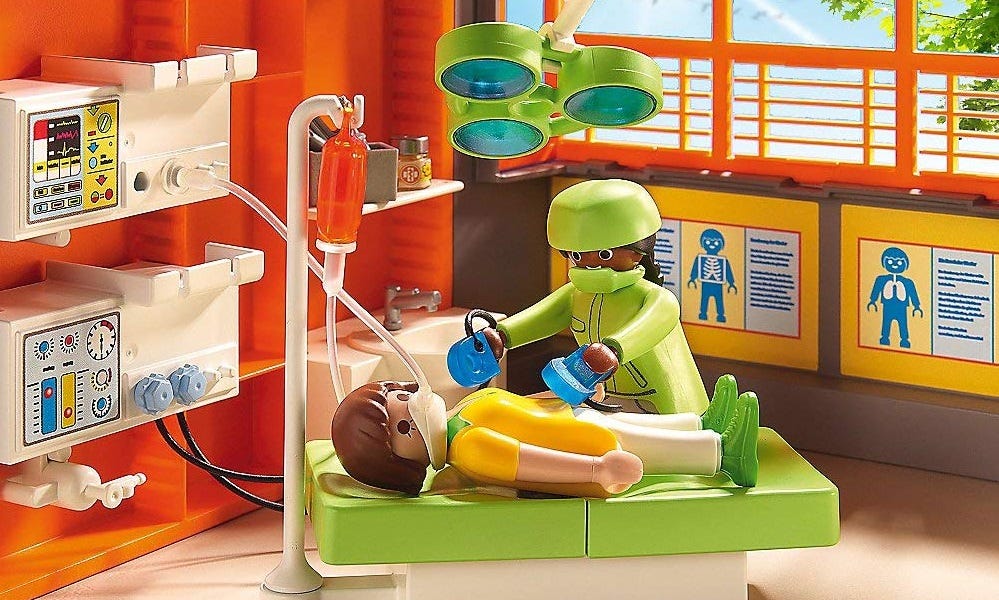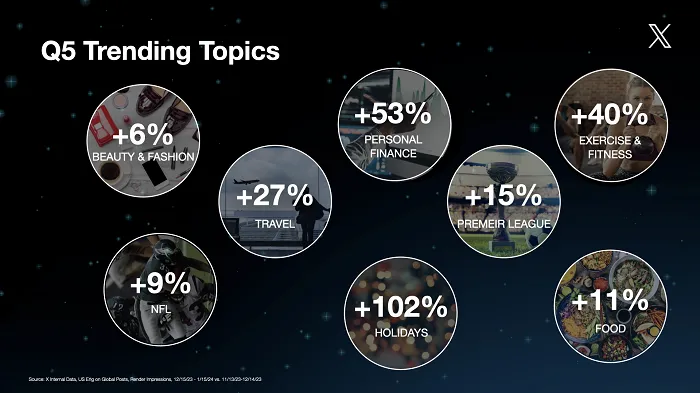So you’ve heard about the metaverse, and you want in. You’re not alone.
The metaverse is a virtual space where consumers can interact and perform almost every activity you can imagine. Using data from our March 2022 Zeitgeist study, we’ll give you the lowdown on all the latest things you need to know about the metaverse.
The first thing to say is that younger consumers will likely be the early adopters, with 42% of Gen Z and millennials are interested in taking part, while just over 1 in 5 Gen X and boomers are interested at this point.
For brands, getting to know ‘online-first’ consumers in more detail should be a priority. They’re more likely to be interested in participating in a metaverse, so brands need to understand them better if they’re to create virtual spaces that feel accommodating.
Brands can start preparing right now, and we’ve spoken in the past about how they can look at existing online services for inspiration. The likes of Minecraft, Roblox, and Fortnite are commonly referred to as metaverses in their own right.
Among those, nearly 4 in 10 potential metaverse users visited Minecraft in the last month. A further 3 in 10 used Fortnite, while other services like The Sandbox, Horizon Worlds, Second Life, and Roblox, all attract a healthy number of visitors too. The latter is growing at a rapid pace, especially among kids, with a 28% increase in the number of 8-15 year old gamers playing it since this time last year. These kinds of services suggest that the metaverse concept will be heavily centered in gaming culture.
In terms of content, entertainment wins out – whether that’s watching TV, live events, or playing video games – all activities that can be performed in massive online spaces right now.
At the same time, 1 in 4 metaverse potentials are interested in simply exploring what it has to offer. For brands and agencies looking to craft effective metaverse experiences, piquing audience curiosity might just be how to keep them engaged.
The key here is innovation. Our data shows metaverse-potentials have a really broad range of activities they want to perform. Consumers are telling brands what they want to do and it’s a whole lot more than just shopping or watching TV.
Turning away from why people might want to take part, let’s look at why they might not want to. Our data suggests the metaverse just isn’t that appealing to certain consumers.
Then there’s privacy and safety. Around 1 in 4 cite privacy concerns, while 15% say they would feel unsafe in the metaverse. Regulating social media is already a key concern for governments and brands, let alone the metaverse. If brands want people to use these services, then they’ll need to make sure they can feel safe doing it.
In the meantime, here are the key takeaways to focus on:
-
Younger audiences will be the early adopters. Gen Z and millennials have a better understanding of what the metaverse is, and are more likely to be interested in using it. At the same time, don’t rule out older consumers.
-
For some, the metaverse is a dream come true. With the right tools, it could be the perfect haven for people to express themselves. This means offering customizable avatars and niche activities.
-
It’s not just a shopping mall. While there are plenty of consumers who expect to shop in the metaverse, many more anticipate socializing, playing, and even working in this space.
-
Metaverse examples have been around long before Fortnite. The likes of Second Life, Runescape, and World of Warcraft have a rich history filled with community-led events that could work in this space.
-
Brands can source partnerships now. Find partners who resonate with your brand and enlist them to help build your space when the time comes.
-
It needs to be safe, but interesting too. The key reason people are uninterested in the metaverse is simple; the idea just isn’t that interesting to them. Developers need to think about how varied the internet is, and ensure the metaverse is equally rich.
Read the full article here.







































































